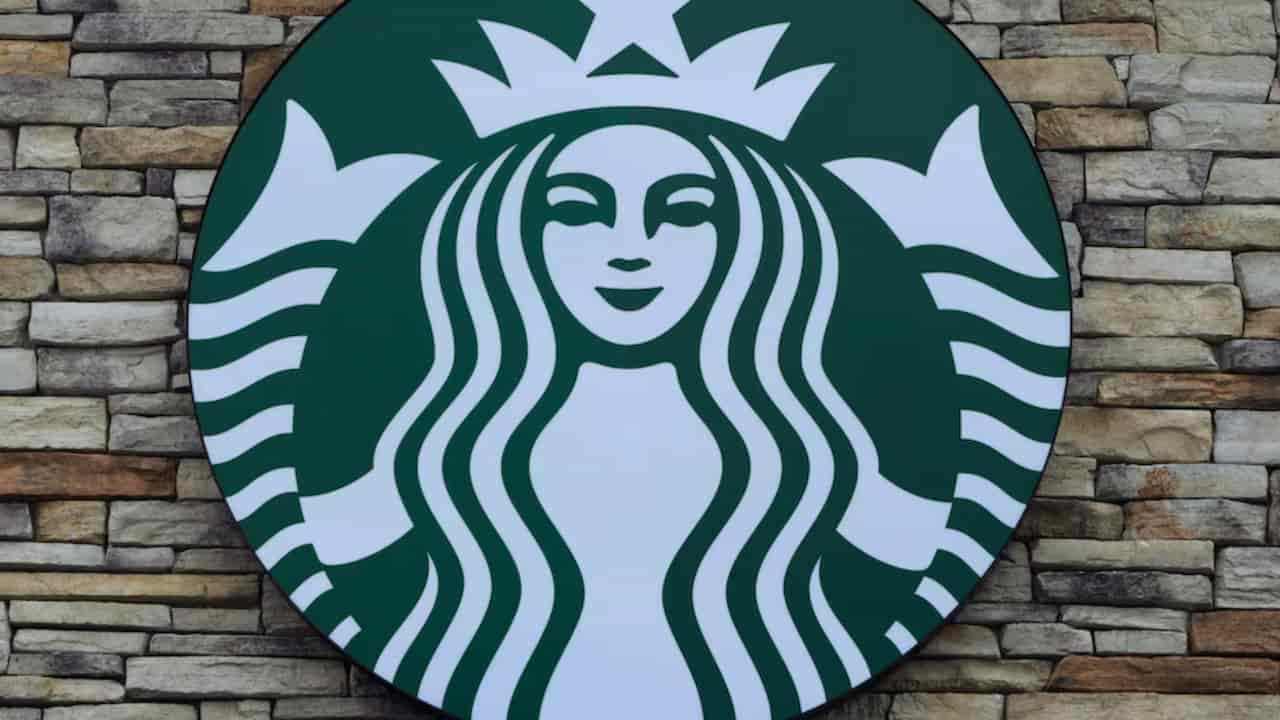Starbucks’ Pumpkin Spice Season Fails to Spark Sales Recovery Amid Global Challenges
As a business reporter covering this breaking development, I can report that Starbucks is facing significant headwinds despite its traditionally strong fall season. Here’s a comprehensive look at the coffee giant’s latest financial performance and strategic shifts.
Starbucks Corporation released its preliminary fourth-quarter results on Tuesday, revealing a concerning decline in sales and customer traffic. The Seattle-based coffee chain, known for its seasonal offerings, reported a 3% drop in revenue to $9.1 billion, falling short of Wall Street’s expected $9.4 billion.
In the United States, the company’s home market, same-store sales dropped by 6%, marking a notable decline in customer visits. Even the return of the iconic Pumpkin Spice Latte on August 22, typically a reliable traffic driver, failed to boost sales as expected.
Despite the introduction of new fall menu items such as the Iced Apple Crisp Nondairy Cream Chai and increased app promotions, they failed to attract enough customers to significantly improve sales.
Domestic markets weren’t the only ones facing challenges. In China, Starbucks’ second-largest market, the situation was even more challenging, with same-store sales plummeting by 14%. Chinese consumers either cut back on spending or chose cheaper alternatives, dealing a significant blow to the company’s international performance.
Brian Niccol, the newly appointed Chairman and CEO who joined Starbucks last month after leading Chipotle, addressed these challenges head-on. In a company video message, he outlined several areas requiring immediate attention:
- Improving staff scheduling and operations
- Streamlining the morning rush hour experience.
- Refine mobile ordering systems
- Simplifying the “overly complex” menu
“These problems are very fixable,” Niccol stated, emphasizing the company’s underlying strengths. He also announced plans to shift marketing focus away from the Rewards program and toward highlighting Starbucks’ craft beverages and coffee innovation.
The financial impact has been significant, with adjusted earnings falling 24.5% compared to last year, reaching 80 cents per share—well below analysts’ predictions of $1.03 per share.
In response to these challenges, Starbucks has suspended its financial guidance for fiscal year 2025, giving Niccol time to assess and reshape the business strategy.
Looking ahead, Starbucks plans to release its complete financial results on October 30, when it will host a conference call with investors. This comprehensive review will likely provide more insights into the company’s recovery strategy and future direction.
The current situation represents a critical juncture for Starbucks, as it faces the dual challenge of reviving customer traffic while adapting to changing consumer preferences.
With new leadership at the helm and plans for operational improvements, the coming months will be crucial in determining whether the coffee giant can regain its momentum in both domestic and international markets.
